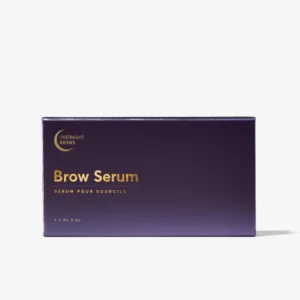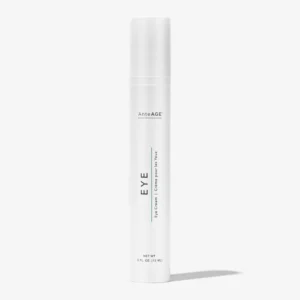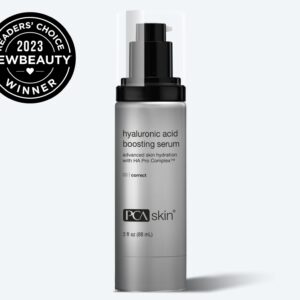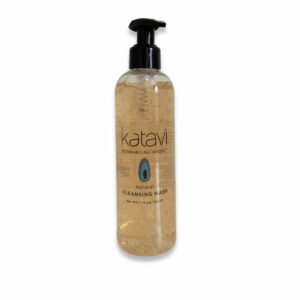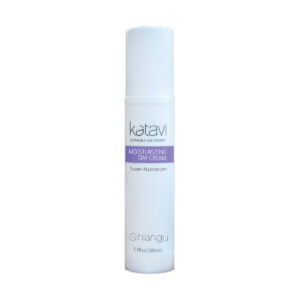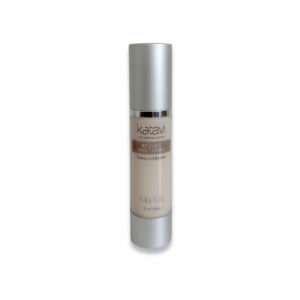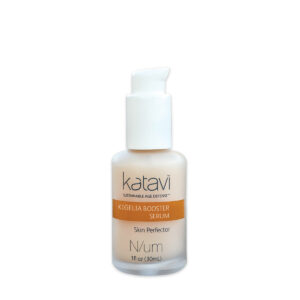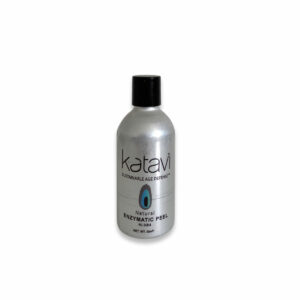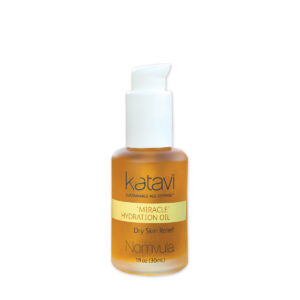What is Testosterone?
Testosterone is a hormone produced primarily in the testicles in men and in the ovaries and adrenal glands in women. It plays a crucial role in the development of male reproductive tissues, as well as in promoting secondary sexual characteristics, such as increased muscle and bone mass, and the growth of body hair. In both men and women, testosterone also plays a role in regulating mood, energy levels, and sexual function.
Do Women need Testosterone?
Yes, women need testosterone, but in smaller amounts than men. Testosterone plays an important role in women’s sexual function, bone health, muscle mass, and overall well-being. Testosterone levels naturally decline with age in both men and women, but women also experience a significant decrease in testosterone levels during menopause.
Testosterone vs Estrogen in Women
Testosterone and estrogen are both important hormones in women, but they play different roles. Testosterone is often associated with male characteristics, such as increased muscle mass and sex drive, but women also produce testosterone and need it for their overall health and well-being. Testosterone helps to maintain muscle mass, bone density, and sexual function, and it also contributes to a healthy mood and energy levels. Estrogen, on the other hand, is primarily responsible for the development of female sex characteristics, such as breast growth, and it plays a role in regulating the menstrual cycle and supporting bone health. Both hormones are necessary for optimal health in women.
Testosterone and Estrogen levels in Women
In women, normal testosterone levels vary depending on age and stage of life. Generally, testosterone levels range from 15-70 ng/dL (nanograms per deciliter) in women, with the highest levels occurring in women between the ages of 20-30. Testosterone levels tend to decline gradually after the age of 30 and can be affected by various factors such as menopause, polycystic ovary syndrome (PCOS), and certain medications. It’s important to note that testosterone levels in women are typically much lower than in men, and excessively high levels of testosterone in women can cause various health problems.
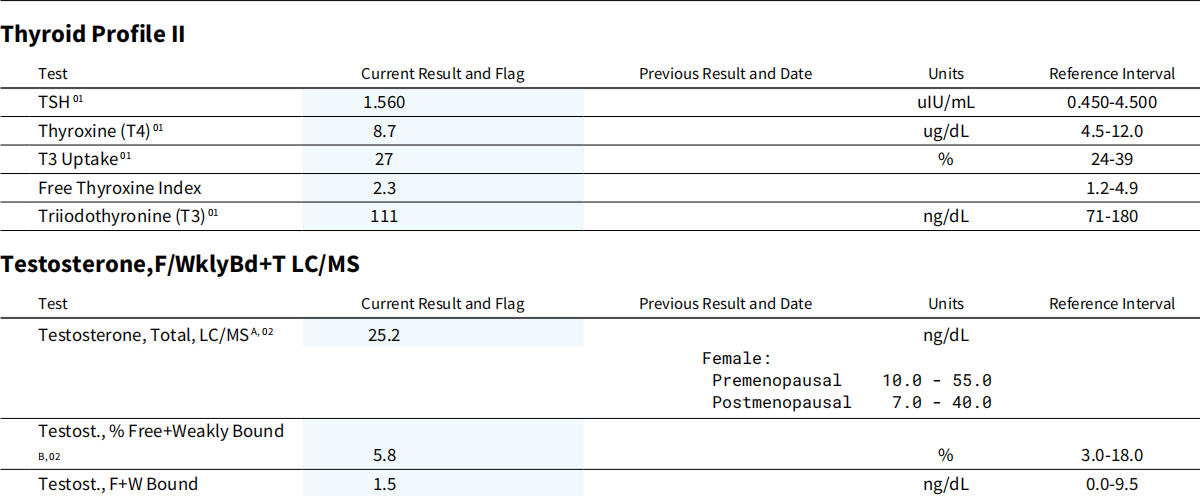
Labcorp results typical
The normal levels of estrogen in women can vary depending on the stage of life and the menstrual cycle. During the follicular phase of the menstrual cycle (the first half), estrogen levels are typically between 30-400 pg/mL. During ovulation, estrogen levels can peak up to 600 pg/mL.
During the luteal phase (the second half), estrogen levels drop and are usually between 30-200 pg/mL.
After menopause, estrogen levels typically drop significantly to less than 30 pg/mL. It’s important to note that these are general ranges and individual variations can occur.

Labcorp results typical
More Testosterone than Estrogen in Women
In absolute numbers women tend to have a greater number of Testosterone units in their bodies than they have Estrogen, which is somewhat counterintuitive. It is important to re-iterate that both hormones are critical for optimal metabolic function.
As previously shown normal levels of Testosterone in women are 15-70ng/dl which converts to 150-700pg/ml. When compared to normal Estrogen levels in a women which are 30-600pg/ml, it becomes clear that normal testosterone levels are slightly higher.
Therefore for optimal metabolic function in women every hormone replacement or hormone optimization regimen has to start with testosterone optimization, as this is the most abundant sex hormone in women.
Muscle Mass and Testosterone
While testosterone is often associated with muscle growth in men, it can also have a positive effect on muscle mass in women. Studies have shown that women with low testosterone levels may benefit from testosterone replacement therapy (TRT) in terms of increasing muscle mass and strength.
However, it is important to note that TRT is not recommended for all women, and the risks and benefits should be carefully weighed before considering this treatment option. Women with certain medical conditions, such as breast or uterine cancer, may not be good candidates for TRT.
Additionally, while TRT may improve muscle mass in women, it is important to combine it with a healthy diet and exercise regimen to see optimal results.
TRT to Increase Muscle Mass
Testosterone plays a crucial role in muscle growth and maintenance. It enhances protein synthesis and promotes the development of lean muscle mass, making it an effective treatment for individuals with low testosterone levels. Testosterone therapy has been shown to improve muscle strength and size in both men and women with low testosterone levels.
Studies have demonstrated that testosterone replacement therapy can increase muscle mass and strength in older men with low testosterone levels. It can also help individuals with muscle-wasting conditions, such as HIV/AIDS, cancer, or chronic obstructive pulmonary disease (COPD).
Testosterone therapy can be administered in various forms, including injections, gels, patches, and pellets. However, it should be noted that testosterone therapy should be prescribed and monitored by a healthcare professional to avoid potential adverse effects, such as acne, fluid retention, and prostate enlargement. Additionally, individuals with normal testosterone levels should not use testosterone therapy for muscle growth, as it can lead to serious health complications.
TRT to Increase Bone Density
Studies have shown that testosterone replacement therapy (TRT) can increase bone density in women, particularly in postmenopausal women who have lower levels of estrogen and testosterone. One study found that women who received TRT had a significant increase in bone density at the lumbar spine and hip compared to women who did not receive TRT. Another study found that TRT improved bone mineral density at the femoral neck in postmenopausal women with low testosterone levels. However, it is important to note that TRT is not typically used as a first-line treatment for osteoporosis in women and should be carefully considered on a case-by-case basis.
Improved Mood and Energy with TRT
Studies have shown mixed results regarding the effect of testosterone replacement therapy (TRT) on mood and energy levels in women. Some studies suggest that TRT may improve mood, energy levels, and quality of life in women with low testosterone levels, while others have found no significant improvement in these areas.
One study published in the Journal of Sexual Medicine found that postmenopausal women who received TRT had improved mood, sexual function, and overall quality of life compared to those who received a placebo. Another study published in the Journal of Clinical Endocrinology & Metabolism found that TRT improved sexual desire and arousal in premenopausal women with low testosterone levels.
However, it’s important to note that TRT in women is not without risks, and potential side effects should be carefully considered and monitored by a healthcare provider.
TRT for Women snippet
TRT for women, also known as hormone replacement therapy, is a medical treatment that can help alleviate the symptoms of low testosterone levels in women. Some of these symptoms include low libido, fatigue, mood changes, and decreased muscle mass. TRT for women involves the use of small doses of testosterone to supplement the body’s natural hormone production. While TRT for women is less common than for men, it can be a useful treatment option for some women experiencing low testosterone levels.
Want to Check Your T-level Today?
FSA & HSA accepted.
$30
@local Labcorp
-
Simple blood draw
-
Results in 3-5 days
-
Expert analysis and recommendation
*no purchase necessary
Related items..
-
AnteAGE® Overnight Brows Serum 3.5ml
$75.00 -
AnteAGE® Eye (15ml)
$105.00 -
PCA Skin Hyaluronic Acid Boosting Serum 3oz
$315.00 -
Katavi Radiant-S Facial Serum NEW
$55.00 -
Katavi Natural Cleansing Wash
$33.00 -
Katavi Moisturizing Day Cream
$43.00 -
Katavi Tula Tula – Intensive Night Care
$43.00 -
N/um – Kigelia Booster Serum
$46.00 -
Katavi Hluba – Enzymatic Peel
$30.00 -
Katavi Miracle Hydration Oil
$40.00
Get Your Learn On



